
CHASING THE INDRI
Journey To Beauty & Chaos In Paradise
Islands
Madagascar:
Erotic Tombs, Tribal Warriors & Bull Fights In The Great Red Island
Part
III: The Highlands
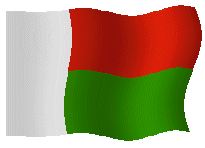
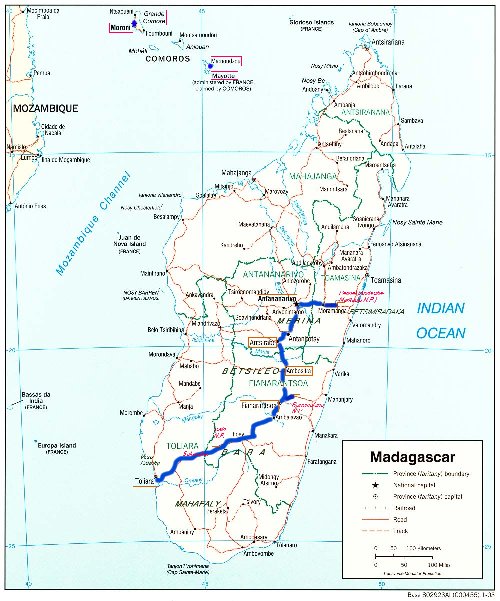
Tan Wee Cheng, Singapore
(July 2003)
The
climate became colder when we moved into the Highlands.
We spent a night in the city of Fianarantsoa, “Place Where Good Is
Learned” as it is known in Malagasy, also the intellectual and academic centre
of Madagascar. Despite the
reputation, the city is a dump and disappointment, and the rain made everything
worse. It was crowded and
dilapidated, and we could hardly find any cheap internet place.
The
only respite was the Panda Restaurant, the best Chinese restaurant we found this
corner of the Indian Ocean, and run by a mid 30’s Chinese guy with a
surprisingly Bohemian pony-tail. The
won tan soup was fantastic, and the won tan tender and yet nicely and tightly
wrapped. There are over 20,000
Chinese in Madagascar and many are third generation Malagasy-Chinese. Though mixed marriages are common, many continue to speak
Cantonese. They seem to do well and
Chinese restaurants are seen in all the main cities, and often on the main
streets. Many also run hotels,
provision shops and supermarkets.
Indians
and Pakistanis are all over Madagascar as well.
They run the retail sector of this country, and together with the
Chinese, are sometimes called the 19th tribe of Madagascar.
After
Fianarantsoa, we travelled on an awful stretch of extremely muddy road, to the
Ranomafama National Park, whose rainforests contain more lemurs and other
tropical species. As Southeast
Asians, we were not overly thrilled by rainforests, though we were delighted to
see ayes-ayes with their sharp glowing eyes in the dark, chameleons, geckos,
civet cats and more of other lemurs. Amidst
the excitement, one momentarily forgot that even in this supposed paradise of
wildlife, uncontrolled logging had actually turned more than half the national
park, mostly the deep jungles to the north, away from the glimpse of the
visitor, into an environmental wasteland.
Across
Madagascar we came across banners and advertisements with the words “Tiko –
Vita Malagasy”, meaning “Tiko – Malagasy-made”.
These advertise products of the Tiko Group, the largest conglomerate in
Madagascar, founded and owned by President Marc Ravalomanana.
Ravalomanana grew up poor but was educated by missionaries in his home
village not far from Tana. He
completed his secondary education in Sweden in a strict Protestant school, and
went on to found his first business – that of home-made yogurt – in his
20’s. His business acumen has
served him well and his business grew rapidly as Madagascar liberalised its
economy. Before long, his Tiko
Empire had come to control milk, yogurt and all diary products in Madagascar, as
well as interests in mass media, TV stations, soft drinks, and food and beverage
products.
He
decided he had a thing for politics and ran for mayor in Tana.
As mayor, he won the hearts of its citizens by cleaning up and streets
and tackling crime. Then he ran for
presidency in Dec 2001, which his supporters said he won.
Incumbent President Ratsiraka refused to recognise the results and a six
months’ political crisis ensued. As
an old rat in power for almost two decades, Ratsiraka has the upper hand
initially – he had the support of all the provincial governors except for that
of Tana, and they imposed a blockade on the capital and the Central Highlands.
Many in Tana and the large cities saw Ratsiraka as a corrupt dictator who
had been in power for way too long – Tobi was to point out an enormous fantasy
palace complex Ratsiraka built for himself south of the capital.
Chaos followed as bridges were blown up and clashes occurred between
supporters of Ratsiraka and Ravalomanana. Ravalomanana
declared himself president and set up a government in Tana, while Ratsiraka set
up his own HQ, rival government and central bank in his hometown, Toamasina.
Economic activities came to a stop.
In
June, however, the tide turned as the provinces fell one by one tto Ravalomanana.
Eventually, Ratsiraka fled for Paris while Ravalomanana’s supporters
marched into Toamasina. The political crisis had ended but the economic progress made
in the last decade all but totally wiped out.
Tourism had disappeared and foreign direct investments in the textile
industry, one of Madagascar’s largest, had dried up as well.
Madagascar
is recovering and perhaps its entrepreneurial president can accelerate this
process.
We
travelled northwards through Madagascar’s wine country – we tasted the
fairly good red wine but wondered about its consistency - and land of the
Betsileo, supposedly the best farmers of Madagascar famous for their terraced
fields on the mountain slopes. The
Betsileo are mostly Christians but also continue to practise some of their
traditional customs and beliefs. They
also have a tradition of education and the relative (I stress relative)
prosperity of the region is evidenced by large farmhouses that look somewhat
European from afar but actually made of mud bricks and grass roofs when one gets
nearer.
Tobi’s
sharp eyes stumbled onto a grand house warming ceremony in which hundreds of
guests were involved. We saw the
locals dancing and merry-making, and then witnessed an exciting zebu fight.
Six frightened zebu were rounded up into a ring, actually a hole dug into
the ground and a few hundred people crowded around it to watch the fun.
A dozen brave, more likely reckless young men jumped into the ring to
attack the zebus with their bare arms. Some
jumped onto the zebu while others agitated the sharp-horned zebus by waving
blankets in an aggressive manner, not unlike the Spanish matador in front of an
enraged bull. Enraged, some zebus
charged at the attackers with their long intimidating horns, but most of the
time, the zebus were terrified and headed for the ring gate instead, struggling
to knock the door over. Those men
guarding the entrance would hold the gate tight to prevent the zebus from
escaping, while shouting orders to the attackers behind the zebu.
There were obviously some rules for the game, for once in a while an
elder would reprimand some of the attackers for breaking certain rules, and they
would then be obliged to leave the ring. A
pity we didn’t understand Malagasy and that Tobi was taking a break in the
car, which is one hundred meters of muddy path away.
After
an interval, an elder would make some announcements and the zebu would be freed,
and guided out of the ring, and shortly after the zebu fight would be repeated.
After two hours, it seemed that the finale was approaching.
This time, a few elders and women entered the ring as well.
An elder had a branch of leaves and a bowl of sacred rum with him.
After some chasing and herding the zebus around the ring, he selected a
black-and-white zebu by splashing the sacred rum on it using the leaves.
The selected zebu, for some unknown reasons, became horny, jumped onto a
female zebu and tried to fornicate with it, with its organ erect. The crowd roared with laughter.
The company in the ring had to beat the oversexed zebu off the female
zebu and then led the other zebus out of the ring, leaving only the selected
one.
The
crowd have been waiting for this moment and indicated their approval of the
choice by clapping. A few young men
jumped into the ring to help. They
chased the poor creature around for a while, pinned it down and tied its limbs.
A hole was dug into the ground next to the throat of the zebu and a vast
vase placed inside the hole. Another
elderly gentleman came forward with a huge sharp knife.
The crowd roared again and clapped.
He uttered some prayers and then positioned the knife on the zebu’s
throat. Then he started slitting
its throat.
First
a trickle of blood flowed into the vase, which soon turned into a bright red
fountain spurting out in a spectacular though gory fashion.
The crowd cheered to indicate approval.
The vase of blood was then raised from the ground carefully, and brought
to the new house, while the butcher proceeded to cut up the zebu to distribute
the meat to the honoured guests. At
the new house, the blood was poured into zebu horns hollowed into a kind of
drinking vessel, and then poured in different parts of the building for heavenly
blessing.
The
dancing continued, now even wilder since the zebu meat was been distributed and
the rum passed around. At this
moment, we decided to leave, as we were running late and the skies were cloudy.
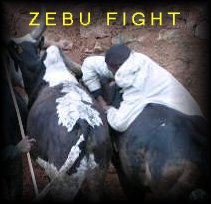 CLICK
HERE FOR PICTURES OF THE ZEBU FIGHT AND HOUSE COMPLETION CEREMONY
CLICK
HERE FOR PICTURES OF THE ZEBU FIGHT AND HOUSE COMPLETION CEREMONY
We
headed north, passing the wood-carving town of Ambositra and then spent the
night in Antsirabe, Madagascar’s “industrial belt”, where there were a
number of foreign investments. Here
we visited the market town of Betafo nearby, as well as a few lakes.
It was here at the heartland of the Malagasy people that deforestation
and erosion were the worst. There
were few trees and everywhere we saw rolling bare hills and roadside stalls
selling branches and leaves as burning fuel – properly matured trees had long
been felled and only branches and shrubs were left.
Even by the bank of Lac Andraikiba, where French colonials once spent
summer holidays at the then fashionable Club Nautique under the shade of
enormous fig trees and traveller’s palm, no tree is left standing apart from a
few ugly stumps. A rusty
jump-stairs and a small-dilapidated building was all that remained of the Club.
After the French departed, everything had fallen apart and consumed by
the tropical rainforest. Even the trees are dying and the animals disappearing fast.
We
visited a metal pot factory where used metal was melted at high heat to be
reused and remoulded into pots. The
entire process was manual and antiquated, and the place - dirty, messy, cramped
and polluted - looked like a scene from a Charles Dickens’ novel from the time
of the Industrial Revolution. No
electricity was used at all, like many of this country’s cottage industries
and workshops, as it was expensive and unreliable.
We did a quick computation to assess the profitability of this
enterprise. Productivity is low
here – only 40 pots are made everyday. Given
that the pots are sold for about US$7 and GDP per capita is US$870, we estimated
that the factory still makes a margin of above 20%.
I
wonder why China-made pots haven’t wiped out small plants like this – a
standard Chinese plant is a lot more mechanised and would probably manufacture
40,000 pots a day rather than 40. Perhaps,
shipping costs are high, but I am sure the day shipping cost falls below a
certain point, manual operations like this would be wiped out.
Already, most of the things I saw in the markets – clothing, blankets
(which are part of the everyday apparel here where the locals walked around
wrapped into blankets), bags, miscellaneous electrical appliances are already
made in China. I wonder when would
this factory be hit. Or maybe the
margins are simply not enough for the Chinese exporter, thus the reluctance to
enter this market. The rise of
China economically have an impact on the global competitive landscape. Suddenly,
many small countries found themselves rendered uncompetitive.
If nothing is done to boost their competitiveness, their citizens may
found themselves returning to subsistence farming.
 Madagascar
- Part IV:
Tana
&
Perinet
Madagascar
- Part IV:
Tana
&
Perinet


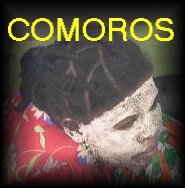
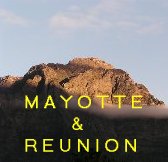


Caveat :
The tales and opinions expressed on this site are
the author’s and by their very nature, personal and opinionated.
You may not agree with them and you are welcomed to voice them by emailing
to the author. However, if the intention is to pick
a fight, such efforts should be directed to soc.culture newsgroups. The
author will not entertain anyone who furl insults and vulgarities. The
names of individuals mentioned in this site have been changed to maintain
their privacy.
 Send
your comments to Tan Wee Cheng, Singapore
Send
your comments to Tan Wee Cheng, Singapore
 Back to Homepage of CHASING THE INDRI
Back to Homepage of CHASING THE INDRI
 Back to the Main Homepage of Weecheng.com
Back to the Main Homepage of Weecheng.com

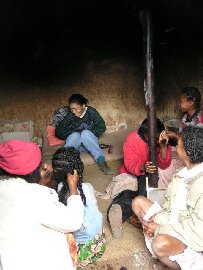
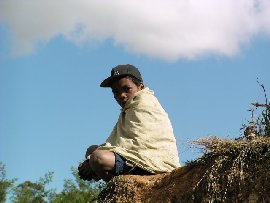
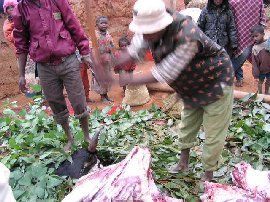
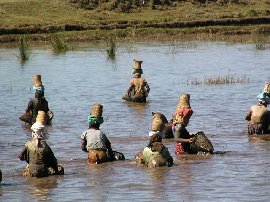
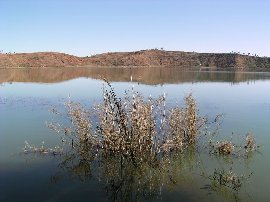
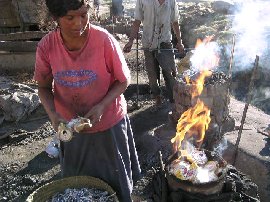
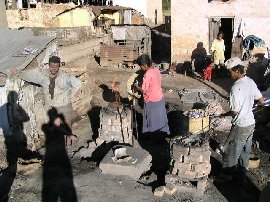



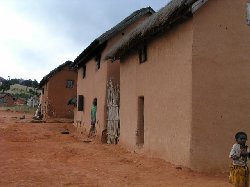
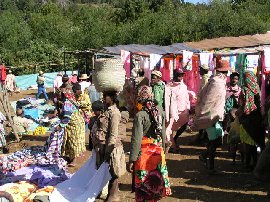
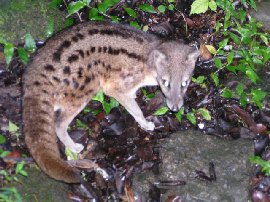
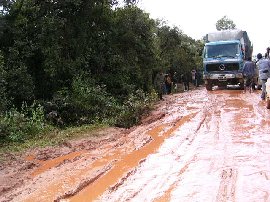
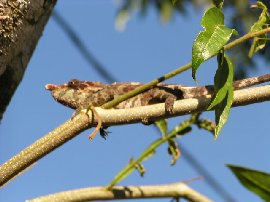
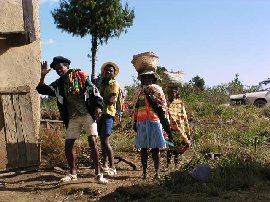
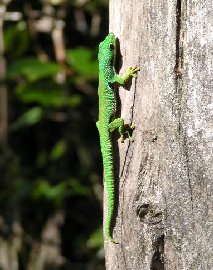

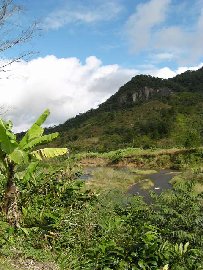
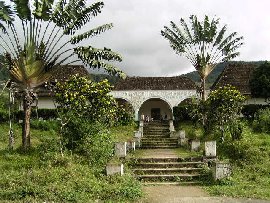
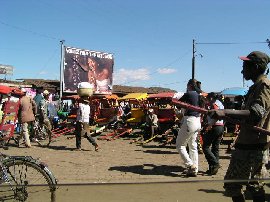
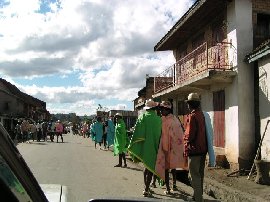
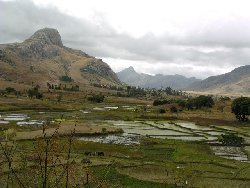
 CLICK
HERE FOR PICTURES OF THE ZEBU FIGHT AND HOUSE COMPLETION CEREMONY
CLICK
HERE FOR PICTURES OF THE ZEBU FIGHT AND HOUSE COMPLETION CEREMONY



